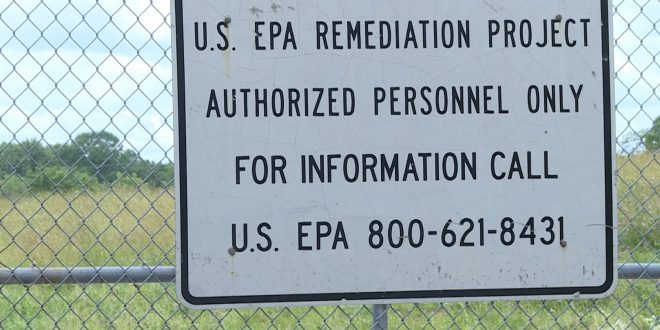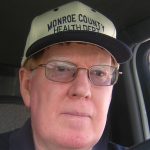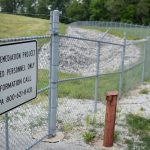Podcast: Play in new window | Download (Duration: 5:02 — 5.1MB)
The state of Indiana has a bad reputation for pollution. It may lead some to wonder: Why? One of the largest reasons came from the man-made material called PCB, short for Polychlorinated Biphenyl.
PCBs are made from 209 individual chlorinated compounds called congeners. They range from light oily fluids to heavy oils, greases and waxes. The use of PCBs began in the 1930s for electrical equipment, plasticizers in paints, carbonless copy paper, inks and dyes in newsprint and other industrial materials.
In Indiana, the Bloomington Westinghouse Electric Corporation plant produced capacitors which had PCB-laced oil in the electric devices. The company would dispose of the capacitors in area landfills and dumps.
After more than 40 years of Industrial use, evidence was found that PCBs were dangerous to the environment and had the potential to cause harmful health effects not only to the environment but also to humans. Once the U.S. Environmental Protection Agency discovered the contamination issue that was going on, a debate began on what to do, to ensure the public’s safety from these chemicals.
The Westinghouse Electric Corporation was found to have contaminated multiple areas in Monroe County with PCBs by dumping their products in the ground.
In 1979, the EPA banned PCBs. This put a halt to manufacturers in the United States which were forced to stop producing the material immediately.
In 1983, the EPA ordered Westinghouse to begin cleanup on their area. Starting that same year, three sites appeared on the EPA’s national priorities list. These sites are the Bennett Stone Quarry, Lemon Lane Landfill and Neal’s landfill.
Former Employee of both the Westinghouse Electric Company and Monroe County Health Department, Dennis Williamson, has one of the most unique perspectives on the issue. He began learning about PCBs during high school and college and then went on to work for Westinghouse for a couple years.
Williamson talks about the PCB history for Westinghouse which began in 1956, and what happened when they learned about PCBs saying, “they had to catch up with what was going on with the federal laws so it took them awhile to accept that it was their responsibility to clean up everything.”
As for the Monroe County Health Department’s role in the remediation process of PCBs at that time, Williamson, former employee for the department for 28 years, explains what all they had to do, including initiating meetings, sight visiting with the EPA and the state. He says they were, “making sure things were done safely and in good fashion.”
Williamson also shared his thoughts on the update of PCBs in Monroe County and where we are now with this issue:
“I think eventually we’ll get there since there are, what we call, trigger points in the settlement that Westinghouse has to meet in order to, for example, to treat water. You gotta make sure fish are clean and water and sediment is clean so once everything… EPA will define it a clean site. I would say we’re getting there but I’d say we’re 30 to 40 years away, another couple of generations away from reaching that point.”
As for the community, Williamson expresses why he believes this is an important issue to know about, saying that it is good to learn about the history of our community and how communities are coming together and working together in the hope that we will reach a point where we are safe again. He further says, “It’s good from a historical standpoint to know about those things.”
***
Bloomington High School South biology and AP environmental science teacher Amanda Figolah, spoke on behalf of the issue as well. She explained specifically why the issue of PCBs and environmental quality is important to teach to students.
Figolah teaches about PCBs while students are studying the water health of clear creek which is directly across the school. After recording data, students will then assess and look at additional biological water qualities. The data will eventually be placed into the Hoosier Riverwatch, a State-sponsored water quality monitoring database.
Figolah explained the reactions that most students have after learning about such pollution in our county saying that they are usually surprised by these stories because they don’t often see these things publicized. She also said, “ they are usually surprised about the fact that we’re still monitoring and getting PCBs out of our water systems.”
She further explained why pollution in Indiana is such an important subject to teach saying, “Indiana is not an environmental poster child in the United States.” She says that “learning about the history of PCBs in Bloomington Indiana gives kids a perspective because it’s different from what they might experience from day to day and it let’s us learn from the mistakes made in the past.”
 WFHB Bloomington Community Radio
WFHB Bloomington Community Radio





